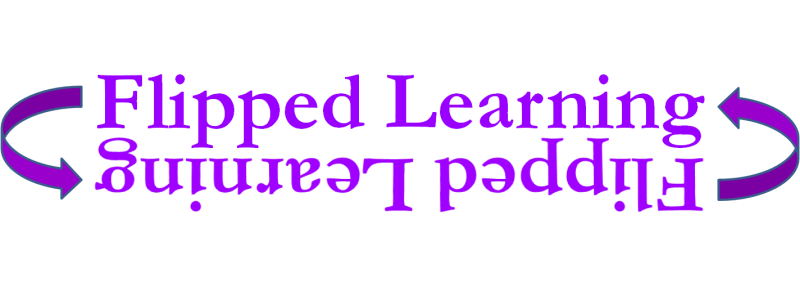
Source: N Brown
In a recent post I reflected on flipped learning and its position within education, and whilst I state that flipping is not all the rage, I also acknowledge its benefits and confirm that I, too, use flipping techniques. This post provides some guidance on how to flip successfully.
1.) Clear reason and objective
As with every lesson plan the flipped classroom also needs to have a clear rationale. You should not flip just because it seems to be fashionable. Consider carefully what it is that you are trying to teach and then consider if this can be achieved best within or outside the classroom. In some situations it may well be a good idea to pass responsibility for learning to students, but in others it may be more effective not to flip. Some concepts are very difficult grasp and you may avoid mistakes and misunderstandings if you teach those in the classroom rather than pupils working their way through resources outside the classroom. You can still use video clips and powerpoints as tools for pupils to go over the concepts again in their own time.
2.) The right resources
Once you have decided to flip your lesson you need plan accordingly. It is not sufficient to make YouTube links available for your pupils. Every resource you use to flip must be meaningful, relevant and suitable. Although GCSE and A Level course specifications apply to all pupils up and down the country, the way they are presented in videos must be tailored to your pupils’ needs. The usual complex classroom considerations apply to the flip, too: differentiation, special educational needs, English as additional language, gifted and talented. This may mean you will need several videos or PowerPoint slides for one concept, for example.
3.) Detailed planning
To flip with the right resources also needs your consideration of sequencing. Will pupils be able to access all materials at all times, or will there be a sequential approach that they can only get to video B if they have questions to video A correctly? If you make all materials available how can you make sure pupils access the materials in the right order or does the order not matter? What if pupils leave out one or two stages of their online learning journey?
4.) Access for all
When you plan to flip you also need to plan for those pupils that may not have access to internet or a smart phone or tablet. Teaching is always about challenging all learners, but we also need to be equitable and inclusive, at all levels. Checking with pupils if they have access to computers and internet may require sensitive approaches because it may not be cool or acceptable for pupils to admit they haven’t got access to modern technology or the internet.
5.) Flip without using technology
Many web sites and teacher training materials focus heavily on technology as a tool to flip learning. And whilst technology can be a great enrichment, it is not the only method that can be used to flip. Providing pupils with flipchart paper and pens and a textbook may be just as enriching. This leads back to the rationale and objective of the lesson after all.
6.) Follow up in the classroom
It is important to follow up the content but at the same time not to repeat it. If you repeat what was supposed to have been done in pupils’ own time, you basically send out the message that next time they won’t need to do the tasks in their own time because you go through it all again anyway. On the other hand, if you do not follow up the home learning at all, you send out the message that the content wasn’t that relevant and again pupils will think they won’t need to do the tasks in their home time. How you follow up will depend greatly on what your rationale was for the flip in the first place, but it can range from practising and applying the theoretical concepts or discussing content to pupils teaching other pupils. It is important that the task is meaningful and adds to learning, so having pupils design a poster for wall display is not sufficient on its own.
Although, as I said in my previous post, flipping really isn’t all the rage, it is worth trying out to flip every so often, and if done well, it can indeed be an enriching alternative to other methods. But as with all methods in teaching good, consistent planning and rigorous, systematic reflections are key so flipping doesn’t become a flop.
Leave a message: